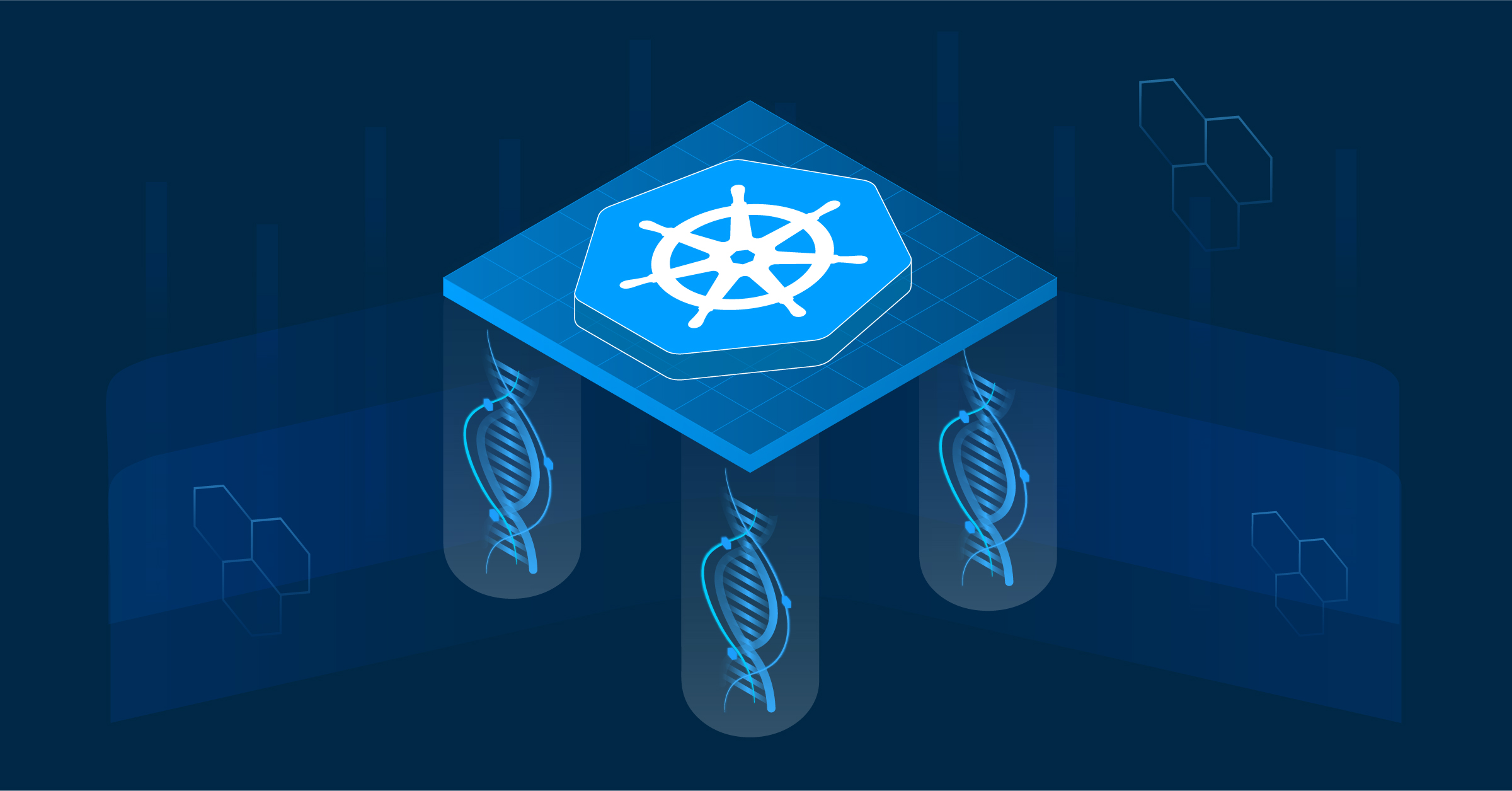Rightsizing your platform team: escape the growth trap
by Muhammad Arslan on Jul 18, 2024

This post explores why even well-intentioned platform engineering initiatives tend to result in teams becoming larger than expected over time. It examines the drivers behind this growth trap and provides strategies for rightsizing based on organizational needs.
As more companies recognize the strategic importance of platform engineering, many are jumping in with the allure of starting small — the classic "two-pizza team" mindset. However, all too often these initiatives fall into the "platform trap" — where teams continuously grow way beyond initial projections. At Giant Swarm, we've seen this play out time and again.
So what's behind this phenomenon? A few key culprits:
- Scope creep: As platforms prove their value, there's pressure to take on more use cases and responsibilities. The team grows to absorb the extra workload.
- Technical debt: Shortcuts taken to launch quickly come back to bite later as reliability or scalability issues. More engineers are needed to untangle the mess.
- Innovation demands: Developers always want the latest and greatest capabilities. Platform teams bloat to keep up with the relentless feature requests.
- Attrition: As overextended platform engineers burn out, organizations backfill to maintain baseline service levels. A vicious cycle ensues.
While the intentions are good, unchecked platform growth brings significant challenges. Bloated teams are expensive to maintain, slower to innovate, and more difficult to manage. Silos emerge, and ownership gets muddled.
The key is to be proactive about rightsizing — ensuring your platform organization matches your true needs. This requires ongoing discipline, but a few strategies can help:
- Leverage self-service platforms and aggressive automation to improve efficiency and reduce manual toil
- Implement strong governance to control scope and technical sprawl
- Partner with vendors for undifferentiated heavy lifting vs. building everything in-house
- Rightsize from the start and defend initial estimates as you would with any other product
Speaking of partnering, all companies eventually look to hire another engineer to run their cloud native stack. But the costs add up quickly — a $120k salary plus 25% overhead, 25% for onboarding, education, churn, etc. You could easily spend $180k+ per year and that’s just for one hire. For the same price, you could have Giant Swarm fully manage your environment!
At Giant Swarm, our core focus is helping companies avoid the platform trap. Our Smarter Platform Engineering approach extends your team with automation and expertise designed to maximize impact while minimizing bloat. You get battle-tested components out-of-the-box, letting you focus precious in-house resources where they matter most.
The benefits? An enterprise-solid and secure open source platform. Instant expert response (<5 min) and live issue resolution for short MTTR. A diverse skill set for better decisions, with dedicated teams for security, observability, connectivity and more. You essentially get maintainers and contributors better than you could hire yourself.
The allure of the platform engineering journey is real and warranted. But like most expeditions, careful planning is required to reach your destination without getting lost along the way. By understanding common pitfalls and employing disciplined strategies, you can keep your teams lean and your platforms delivering outsize impact. In the end, that's really what it's all about.
You May Also Like
These Related Stories



Getting Unstuck: One-Stop Cloud-Native Consulting, Development, and Operations
The exciting growth potential unlocked by a cloud-native approach is what drives companies to envision their digital transformation powered by cloud-n …